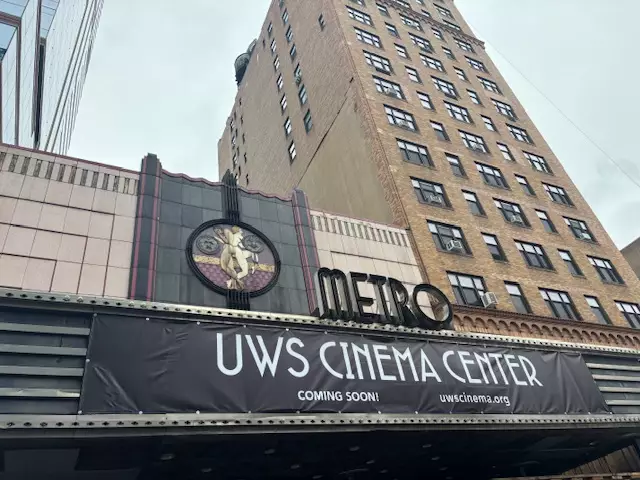The revival of the Metro Theater on Broadway at 99th Street into a five-screen arthouse cinema is more than just a local real estate transaction; it represents a significant cultural resurrection. Secured with a commendable $6.9 million purchase led by the newly formed nonprofit Upper West Side Cinema Center, this project is a beacon of hope in a neighborhood that has seen the decline of rich cinematic experiences. Backed by substantial grants from the city and state as well as private donors like the Hearthland Foundation (founded by Kate Capshaw and Steven Spielberg), this transformation aims to bring art cinema back to an area that has sadly turned into a ‘cinema desert’ since the closing of the Lincoln Plaza Cinema.
Addressing a Cultural Void
The visionaries behind this project, Ira Deutchman and Adeline Monzier, recognize an obvious yet critical truth: there has been an alarming shortage of venues showcasing independent and foreign films. For many years, the Upper West Side has been without a thoughtful cinematic space, leaving film enthusiasts deprived. Instead of simply showing blockbuster movies, this new arthouse promises a diverse lineup featuring classic films, thought-provoking documentaries, and independent releases that often struggle to find footing in mainstream cinemas.
It’s counterproductive for a city like New York, which prides itself on its cultural richness, to let a historic space go to waste. As Deutchman noted, the neighborhood deserves a world-class venue for cinema—one that not only entertains but also educates and inspires.
The Community’s Resounding Support
The momentum for this project is staggering. Upon the initial announcement, a wave of support from the local community erupted, showcasing how much the Metro Theater meant to them. Not only did various prominent figures in filmmaking rally around the cause—personalities like Martin Scorsese and Frances McDormand pledged their support—but grassroots organizations like New Friends of Metro Theater took up the mantle for preserving this landmark as an arts venue.
Such widespread backing provides a robust narrative: the arts are not merely an accessory to life but rather a necessity that enhances the cultural fabric of communities. The Metro Theater standing empty for nearly two decades served as a reminder of the lost connections that come when shared experiences evaporate.
Funding the Dream: A Collaborative Effort
New York State’s aggressive funding strategy played an instrumental role in resurrecting this cinema. Governor Kathy Hochul’s strategic allocation of $3.5 million, along with a further $500,000 from the Senate, demonstrates a commitment to revitalizing community arts. It should also serve as an example of how public funds can be allocated effectively to benefit the community at large.
Such governmental support is crucial in returning vibrant cultural experiences to neighborhoods that otherwise lack similar opportunities. The notion that art venues are expendable must be dispelled; they are essential to maintaining a rich, diverse cultural landscape, especially in metropolitan areas where economic pressures often dictate art’s role.
A Shared Responsibility to Foster Culture
It is not merely up to government and nonprofit organizations to safeguard our cultural legacy; citizens must also play a role. The Upper West Side Cinema Center has kickstarted its Phase 2 campaign to generate the necessary funds for building renovations—costs are anticipated between $15 million and $22 million, which indicates a need for continuous community involvement and donations.
The real question is: How many citizens will invest not just their money but their time and passion into this endeavor? The success of this project hinges on both financial backing and the enthusiastic participation of a community eager to reclaim its cinematic roots.
A Path Forward for Film Lovers
What lies ahead for the Metro Theater cannot be overstated. As Deutchman articulated, this is not merely about reclaiming a building but rather revitalizing a neighborhood and reconnecting a community. With its grand Art Deco façade poised for restoration and the promise of a café and lounge, the upcoming arthouse will serve not simply as a venue for film but as a communal gathering space, a hub where artistry and dialogue can thrive.
For those advocating center-right liberalism, the revival of such artistic spaces aligns seamlessly with the belief in individualism, creativity, and the importance of community engagement. It underscores the notion that cultural vibrancy is not just a byproduct of urban living, but a vital foundation upon which communities build shared experiences.
As the project looks to open its doors within three years, there is a palpable sense of cautious optimism. In a time when digital isolation so frequently plagues society, the Metro Theater’s renaissance might just serve as a reminder of the power of film to unite, inspire, and provoke thought among a diverse audience.

